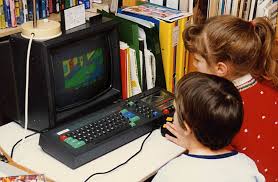Video Games and their Effects on Student Goal Structures

This is a summary of an article published by Ke in 2008, entitled ‘Computer Games Application within Alternative Class room Goal Structure: Cognitive, Metacognitive, and Affective Evaluation’. A link to the full article can be found here.
This research article attempts to determine the effects of computer games in the classroom on different students’ goal structures. Goal structures are the means by which students are motivated and evaluate their own performance.
Ke, (2008) conducts a study on the way in which computer games may aid or hinder student goal structures. The study places students in groups, and as individuals. In doing so, it is established that computer games by themselves do not aid or hinder any student goal structures or personal means of motivation.
The article initially hypothesises that games would help cooperative goal structures, but it is found that without established group-work techniques and scaffolding, the experts in the groups took over the game and thus the cooperative goal structure became undermined by expert individuals dominating the group.
To overcome this, Ke postulates that proper scaffolding, and also established roles within the game that enable and force student rotation between these roles are necessary for games in the classroom to be beneficial for different student goal structures. Thus, the concluding state meant to be drawn from this article is not whether computer games help students learn, but rather how can teachers prepare students for learning through a game using proper scaffolding and group-work techniques.
